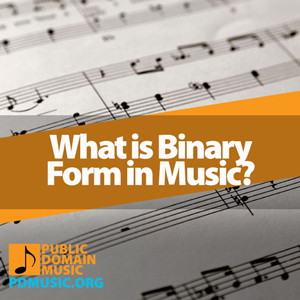Binary form, a structural framework in music composition, is foundational in the realm of Western classical music and beyond. Characterized by its two contrasting sections, labeled A and B, binary form offers composers a concise yet versatile template for musical expression. This article delves into the nuances of binary form, exploring its history, characteristics, and
Category: Form
What is Strophic Form in Music?
Strophic form in music is a structural approach where the same melody is repeated with different verses or stanzas of lyrics throughout the piece. This form is denoted as AAA, indicating the repetition of a single musical section. It’s one of the oldest and most straightforward forms, allowing the narrative or emotional content of the
What is Sonata Form in Music?
Sonata form stands as one of the most significant and enduring structures in the realm of Western classical music. Originating in the early Classical period, this intricate form has been a foundational element for composers, shaping the development of symphonies, sonatas, chamber music, and concertos. The genius of sonata form lies in its ability to
What is Rondo Form in Music?
Rondo form in music is a structural principle characterized by the recurrence of a principal theme or section, alternated with one or more contrasting themes or sections. Typically notated as ABACA, ABACABA, or similar variations, the rondo form ensures that the main theme (A) returns repeatedly throughout the piece, interspersed with new material (B, C,
What is Musical Form?
What is Form in Music? Form in music refers to the structural framework that determines how a piece of music is constructed and experienced. It’s the blueprint that composers use to organize musical elements like melody, harmony, rhythm, and texture into a coherent whole. Understanding musical form enhances our appreciation and interpretation of music, whether





